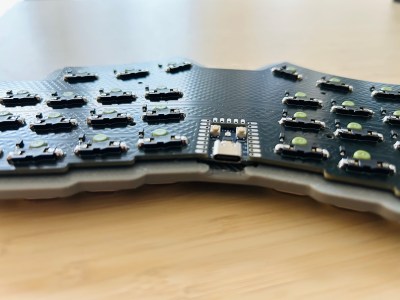The crux of most supercomputers is the ability to operate on many pieces of data at once — something video cards are good at, too. Enter T1 (short for Torrent-1), a RISC-V vector inspired by the Cray X1 vector machine.
T1 has support for features, including lanes and chaining. The chip contains a version of the Rocket Core for scalar operations, but there’s no official support for using it. The project claims you could easily replace that core with any other RISC-V CPU IP.


















